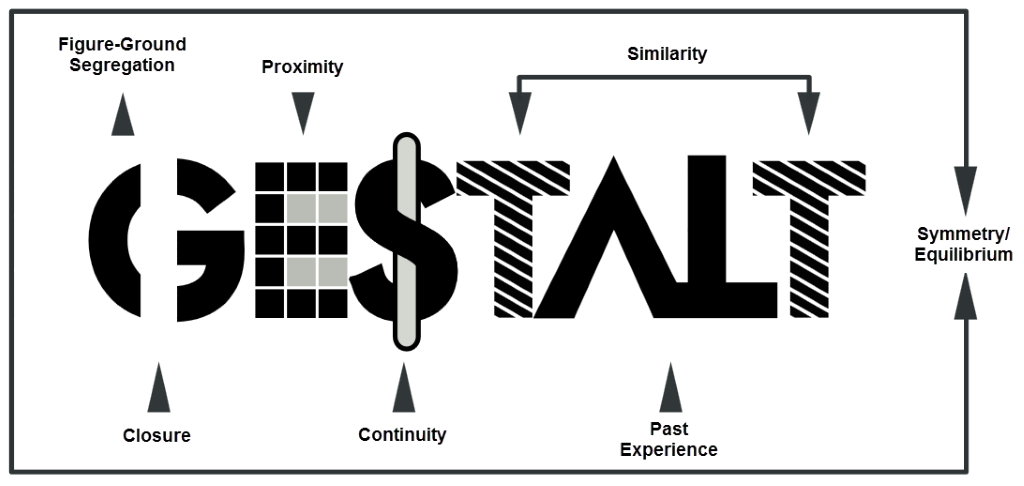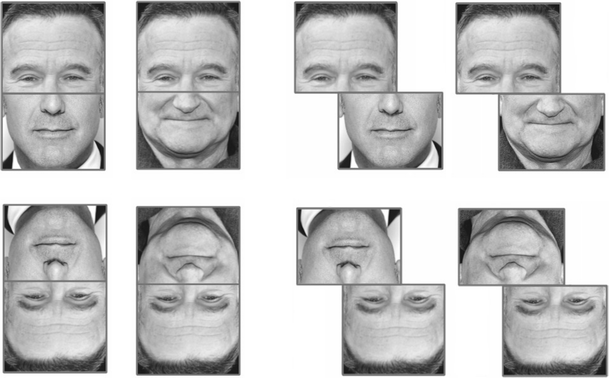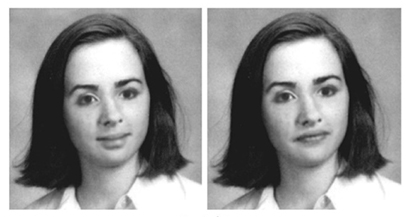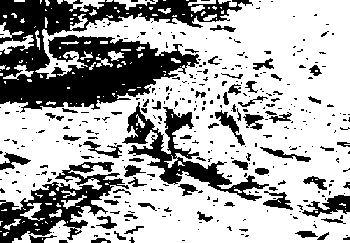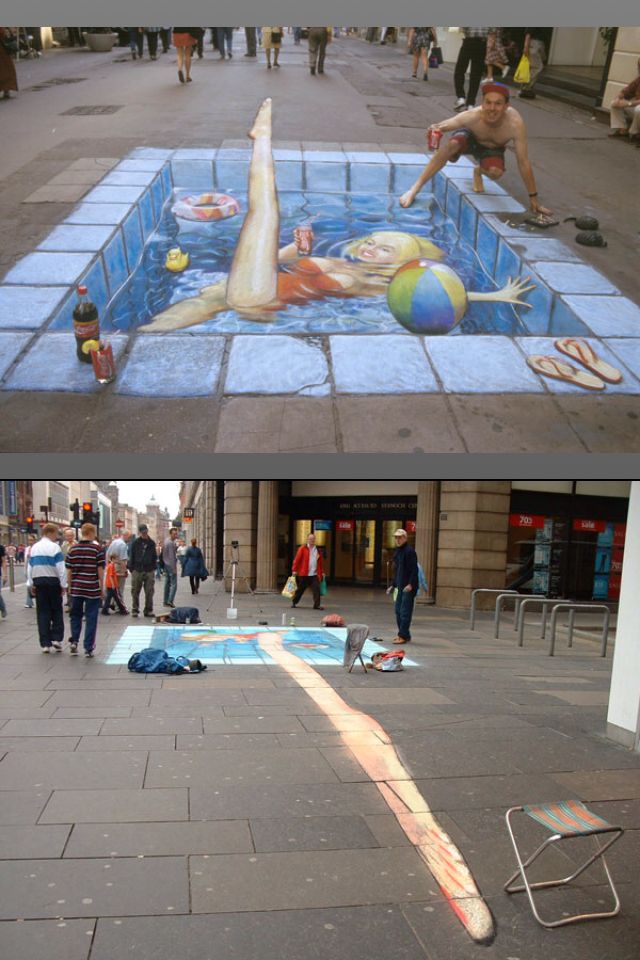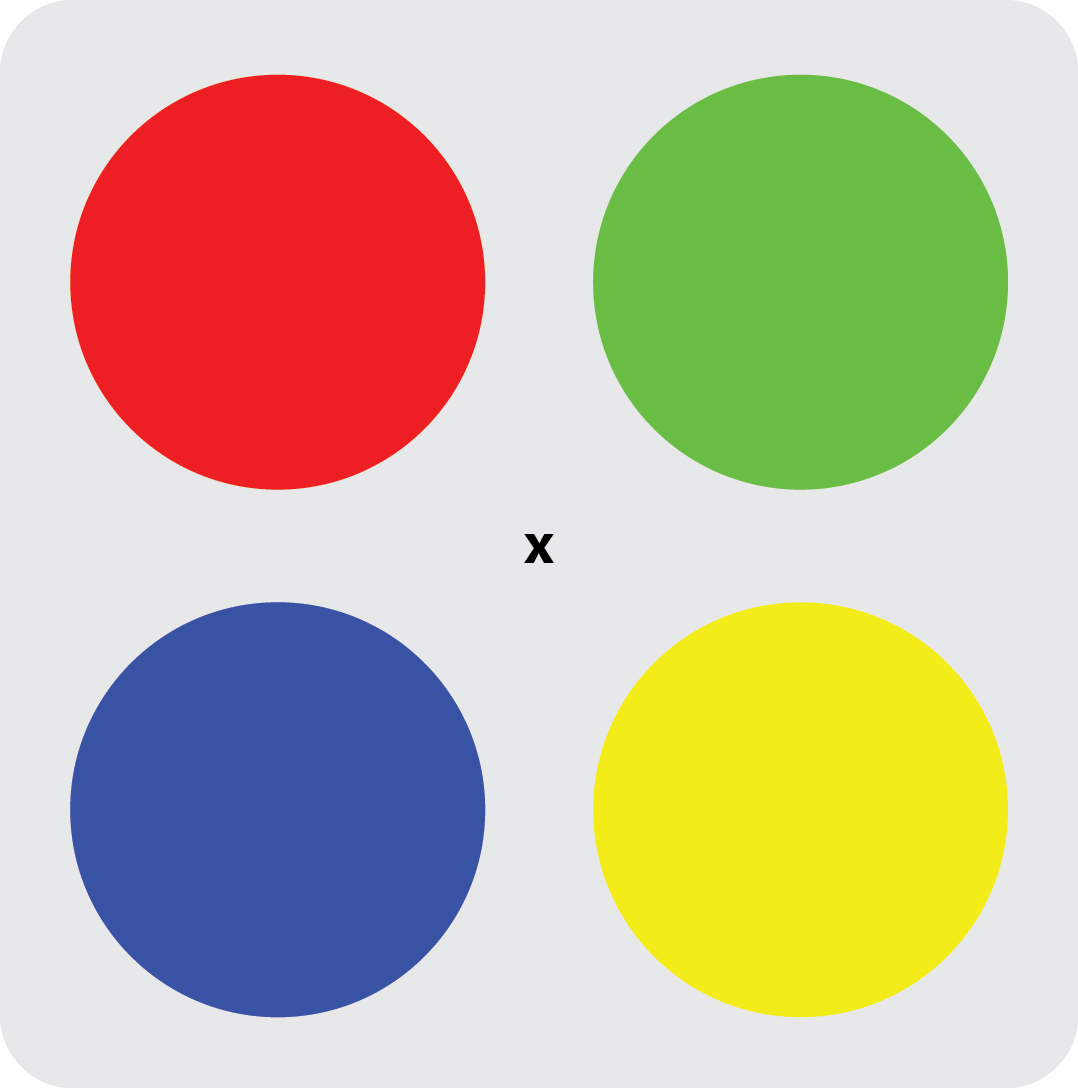
[1] Figures in powerpoint format for teaching
[2] Further reading
[3] Visual illusions
[4] Gestalt Rules
[10] Visual Adaptation
[12] Visual search
Michael Bach's compendium of visual illusions
Best Illustion of the Year Contest
Multiple nice examples in Scholarpedia
Thatcher illusion
The composite face illusion (image from Psychonomic Bulletin and Review 2017)
The parts-whole illusion
YouTube Video: Anorthoscope [1:56 duration]
YouTube Video: Zoetrope [1:15 duration]
YouTube Video: Phenakistoscope [3:36 duration]
Inferring motion from light sources experiment (Johansson)
YouTube Video: The Johansson Experiment [3:49 duration]
A fun computational algorithm trying to recognize line drawings
You Tube Video: Patrick Winston's lecture about interpreting line drawings [49:12 duration]
The presidential illusion (Sinha/Poggio)
YouTube video: The waterfall illusion [1:44 duration]
YouTube video: Another motion aftereffect demo [1:35 duration]
The Dalmatian Dog
YouTube Video: The hollow mask illusion [1:06 duration]
3D art from the right and wrong angle
YouTube Video: Making of The Crevasse, 3D art [2:15 duration]
What are you searching for? ... And how do you do it? (lecture by Jeremy Wolfe, Aug 16, 2018) [1:06:00 duration]




